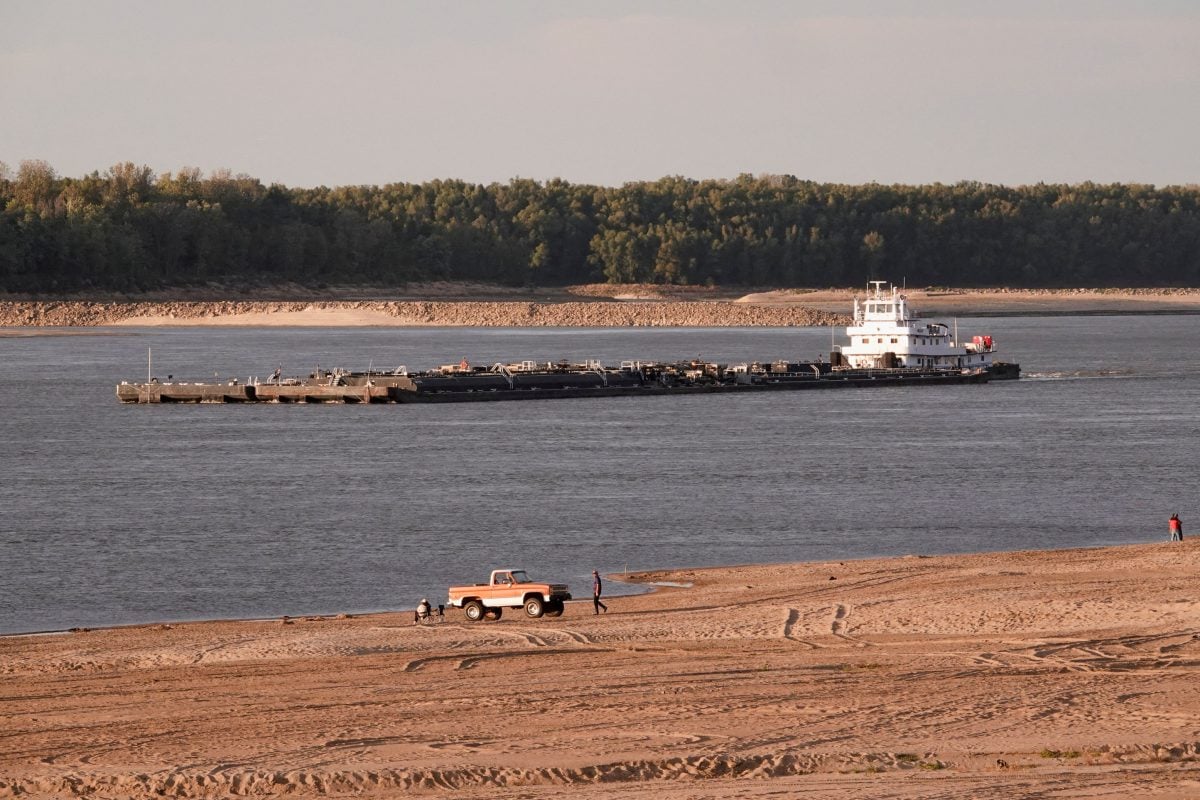GENEVA, (Reuters) – River flows around the world fell to all-time lows last year amid record heat, endangering water supplies in an era of growing demand, a U.N. weather agency report showed today.
Prolonged droughts cut river flows in large parts of North, Central and South America with the Mississippi and Amazon River basins reporting record low water levels in 2023, according to the State of Global Water Resources report based on data going back 33 years.
The Ganges and Mekong river basins also experienced below-average conditions. Overall, 50% of global catchment areas showed abnormal conditions, with most being in deficit and reducing water availability for agriculture and industry.
“Water is becoming the most telling indicator of our time of climate’s distress and yet, as a global society, we are not taking action to protect these reserves,” World Meteorological Organization (WMO) Secretary-General Celeste Saulo told reporters at a Geneva press briefing.
She warned that water cycles were becoming more erratic due to climate change and called for increased hydrological monitoring to track and respond to the changes.
The Amazon drought has recurred this year, with mud banks emerging in previously navigable segments.
Stefan Uhlenbrook , the WMO’s Director of Hydrology, said he expected more water scarcity this year in parts of the world where new heat records have been reported.
“Very likely this hot, dry weather continues to translate to low river flow,” he told reporters.
The record heat last year also resulted in the biggest mass losses for the world’s glaciers in 50 years, the WMO report showed. Overall, they lost 600 gigatonnes of water in an extreme melt year.
Rivers fed by glaciers such as those in Europe and Scandinavia experienced high river flows as a result, said Uhlenbrook, but said this would fall significantly in future years.
“When the glacier is gone in a few more decades. It will be very dramatic,” he said.





